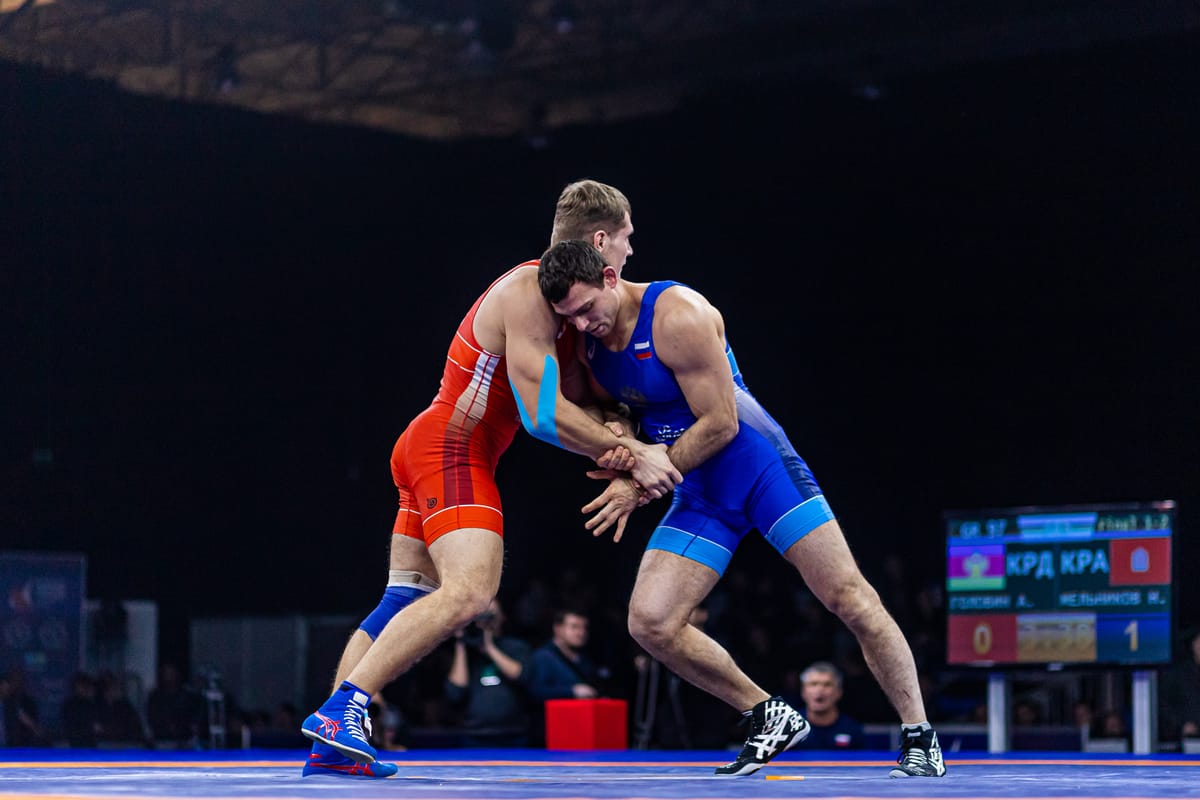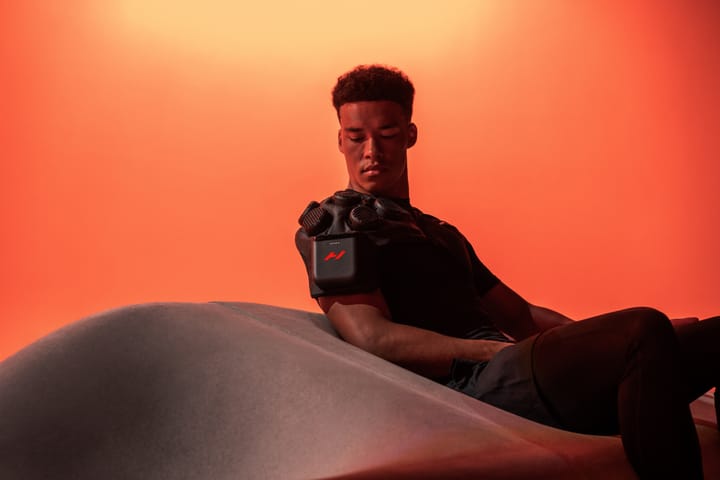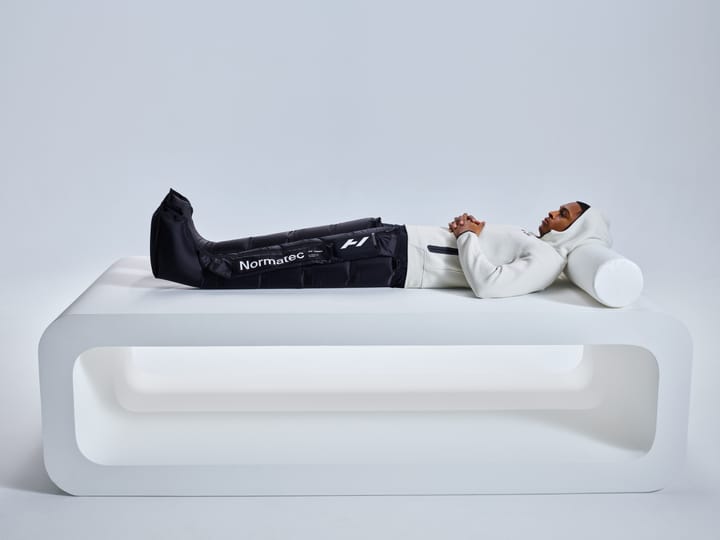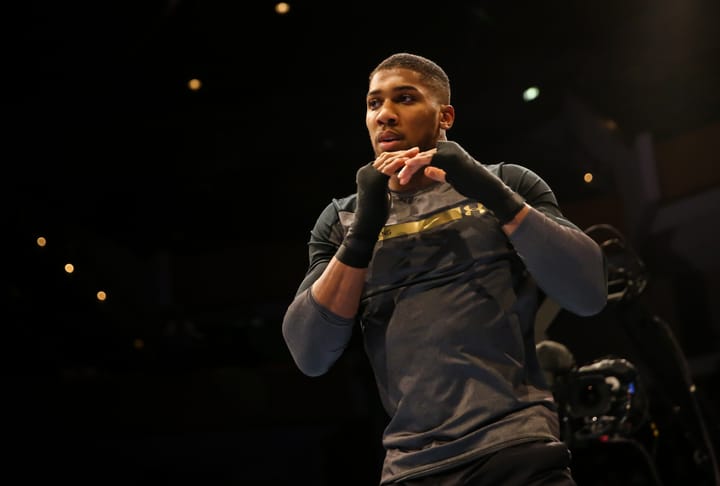Russia’s DYuSSh System: How State Sports Schools Train Combat Champions

For almost a century, Russia and the former Soviet republics have honed their athletes through a unique and extensive network of state sports schools, known as DYuSSh (Детско-юношеские спортивные школы). This system, with its focus on discipline, structured training, and psychological preparation, stands out as a cornerstone of Russia's long-term athlete development model. For nearly a century, Russia and the former Soviet republics have trained athletes through a nationwide network of state sports schools, known as DYuSSh (Детско-юношеские спортивные школы).
These institutions, operating across a comprehensive range of Olympic disciplines—from athletics and gymnastics to technical and team sports —have served as the foundation of Russia’s long-term athlete development model, offering a wide array of opportunities for young athletes.
This article focuses on the combat-sport branches of that system — including boxing, wrestling, judo, sambo, fencing, taekwondo, and related martial disciplines — outlining how they are structured, how athletes progress, and what principles guide their preparation.
The framework, created during the Soviet period and maintained by the Ministry of Sport of the Russian Federation, is designed to:
- instill discipline and consistency,
- deliver structured, progressive training,
- develop core technical fundamentals before specialization, and
- include psychological preparation emphasizing focus and emotional control.
Each of these components is codified in Ministry regulations, federation curricula, and sports-education standards used across Russian training institutions.
Origins and Purpose
The DYuSSh network emerged in the 1930s–1950s, during the expansion of the USSR’s State Committee for Physical Culture and Sport.
Its purpose was to establish a uniform system of sports education that reached all regions, combining physical development, technical training, and competition within one state-coordinated framework.
From the beginning, the system covered multiple disciplines, including both individual Olympic sports and combat-oriented programs such as boxing, wrestling, judo, fencing, and sambo.
Each discipline followed federation-approved curricula, overseen by central authorities, ensuring consistency between local clubs and national teams.
The underlying goals were clearly defined in early program charters and remain visible in updated Ministry regulations:
- Accessibility — free training and facilities for children and youth across all regions;
- Structure — standardized curricula, testing, and advancement criteria;
- Continuity — a clear pathway from local participation to elite performance;
- Integration — cooperation between sports schools, education institutions, and national federations.
After the dissolution of the USSR in 1991, the Russian Federation retained the DYuSSh model under the Ministry of Sport, updating administration but maintaining its layered structure and philosophy.
Today, each region operates its own network under federal supervision, while national federations provide methodological guidance and certification.
Institutional Structure
The DYuSSh system functions through a tiered progression model, guiding athletes from entry-level programs, where the focus is on physical preparation, coordination, and introductory technique, to Olympic reserve centers, offering a clear pathway for advancement.
Each level is linked through shared curricula and evaluation standards.
| Level | Russian Name | Approx. Age | Description |
|---|---|---|---|
| 1. DYuSSh | Детско-юношеская спортивная школа | 10–12 | Entry level, open to all. Focus on physical preparation, coordination, and introductory technique. Attendance and testing mandatory for progression. |
| 2. SDYuShOR | Специализированная детско-юношеская школа олимпийского резерва | 13–16 | Admission via results or coach recommendation. Higher workload, tactical development, participation in certified competitions. |
| 3. UOR | Учебно-тренировочный центр олимпийского резерва | 16+ | Boarding academies combining academics with elite-level training; direct path to national teams. |
| 4. VSS Clubs | Добровольные спортивные общества (CSKA, Dynamo, Spartak) | 18+ | Military, police, and civilian clubs supporting top athletes with stipends and national-level access. |
Progression depends on federation testing and coach evaluation, not age.
Each athlete keeps a record book documenting attendance, results, and norms, which are reviewed annually by committees.
Admission and Early Development
Entry occurs through school scouting or open tryouts organized by local authorities.
Programs are state-funded; coaching, equipment, and facilities come from municipal or regional budgets.
Early-stage training (10–12 yrs) emphasizes:
- General physical preparation (strength, coordination, endurance);
- Basic technical exercises;
- Discipline and routine, including attendance and self-organization;
- Quarterly physical tests following national standards.
Talented students move to SDYuShOR, beginning formal tactical development and regional competition.
Curriculum and Coaching
Curricula are issued jointly by the Ministry of Sport and each national federation.
The training process is divided into preparatory, specialized, and competitive stages, with gradual load increases.
Training components (combat disciplines):
- General Physical Preparation (GPP) – overall conditioning and flexibility.
- Special Physical Preparation (SPP) – strength and endurance specific to the sport.
- Technical & Tactical Work – progressive mastery of core techniques and scenarios.
- Controlled Sparring / Drills – introduced after fundamentals are confirmed.
- Theory Classes – rules, scoring, and strategy.
- Sports Science – medical checks, nutrition, recovery cycles.
Repetition is central: drills are repeated until they become automatic.
Psychological modules teach emotional control and focus under stress, integrated through classwork and debriefs.
Evaluation and Progression
Quarterly and annual assessments measure:
- Attendance and discipline,
- Physical testing (timed runs, strength norms),
- Technical exams (demonstrations, sparring),
- Competition results (local to national).
Successful athletes earn sport ranks, moving from Third Category up to Master of Sport (MS) or Master of Sport – International Class (MSIC).
All evaluations are meticulously logged and certified by coaches and federation inspectors, ensuring the highest standards of quality and performance.
Coaching Standards
Coaches are licensed specialists, often graduates of RGUFK or regional sport universities, holding degrees in physical education and sport science.
They undergo periodic re-certification and work under:
- Local municipal oversight,
- Regional Ministry inspection,
- Federation technical control.
Coach-to-student ratios are regulated for safety and individual attention.
Schools submit annual reports on enrollment, testing, and competitive outcomes.
Ranking System
| Rank | Russian Title | Description | Award Basis |
|---|---|---|---|
| III Category | III разряд | Entry-level standard. | Internal testing & local events. |
| II Category | II разряд | Regional competence. | Regional championships. |
| I Category | I разряд | Pre-national qualification. | Inter-regional results. |
| CMS | КМС | National-level recognition. | Podiums at national events. |
| MS | МС | National elite status. | National medals. |
| MSIC | МСМК | International distinction. | European / World / Olympic medals. |
Ranks are officially registered and recognized nationwide.
Integration with Education
DYuSSh programs run after school hours.YuSSh programs run after school hours.YuSSh programs run after school hours.YuSSh programs run after school hours;
UOR academies offer boarding with half-day academics and half-day training.
Features:
- Dual Pathway – secondary diploma + sport qualification.
- Accredited Staff – certified teachers within UORs.
- University Access – entry to sports universities via special quotas.
- Career Continuity – graduates often become coaches or officials.
This ensures that athletes not only receive top-notch sports training but also a comprehensive education, preparing them for a well-rounded future within the state system.
Modern Implementation and Oversight
Today, the DYuSSh network is a core component of Russia’s sports infrastructure.
Key figures (2021–2023):
- ≈ 4,000 active schools
- ≈ 150 000 in combat disciplines
1,000,000 total students
Funding: primarily regional budgets + federal co-financing for Olympic-reserve centers (coaches, facilities, equipment, travel).
Administration:
- Regional Ministries/Departments of Sport – staffing, audits, data.
- National Federations – methodology, calendars, certification.
Monitoring:
- Annual performance reports,
- Coach license checks,
- Facility inspections,
- Competition-result databases (KPIs).
High-performing schools may gain extra funding or Olympic Reserve status.
Continuity
Many international champions began in DYuSSh programs, including:
Artur Beterbiev, Dmitry Bivol, Alexander Karelin, Mikhail Mamiashvili, Beslan Mudranov, Inna Deriglazova, Anastasia Guryeva, among others.
Their varied careers illustrate how one framework can guide athletes from local gyms to world-class competition.
Summary
Russia’s DYuSSh network forms a tiered, publicly funded pathway linking youth sport to elite combat competition.
Built on discipline, structured progression, certified coaching, and long-term development, it continues to shape athletes across boxing, wrestling, judo, sambo, fencing, and taekwondo.
The system’s consistency lies not in individual style but in a shared method — measured training, continual evaluation, and integration with education.
Sources
- Ministry of Sport RF – Положение о ДЮСШ (2014, 2020): Положение о детско-юношеских спортивных школах, available at https://sport.gov.ru/documents/normativnye-pravovye-akty
- Russian Boxing, Wrestling, Judo, Sambo, Fencing Federations – Programs (2018–2023): Training curricula from national federations (e.g., Russian Boxing Federation, http://boxingfederation.ru; Russian Judo Federation, http://judo.ru)
- Regional Ministry Reports – Moscow, St Petersburg, Tatarstan (2021–2023): Regional sports data (e.g., Moscow Department of Sport, https://sport.mos.ru/documents)
- eLIBRARY.ru – Организация учебно-тренировочного процесса в ДЮСШ (2019): https://elibrary.ru/item.asp?id=38512345
- Sport in Society, Vol. 19 (2016): “The Soviet Sport System and Talent Identification,” DOI: 10.1080/17430437.2015.1096264
- Rosstat – Annual Sport Participation Data (2022): Sport and Physical Culture report, https://rosstat.gov.ru/folder/210/document/13204
- Image courtesy of Shutterstock / Everyone Photo Studio




